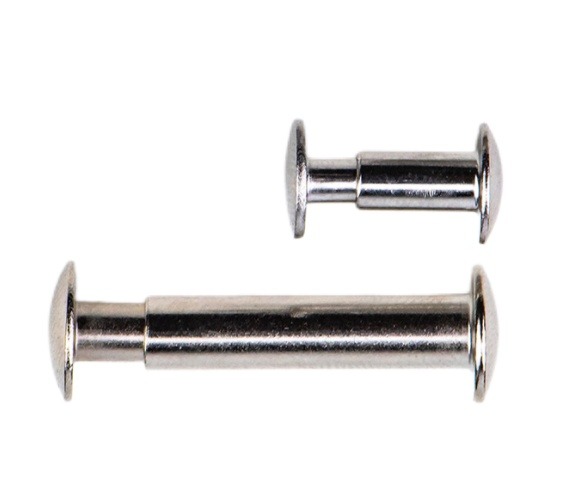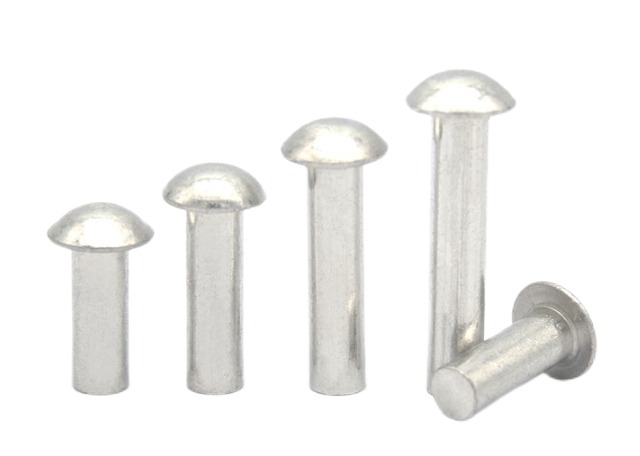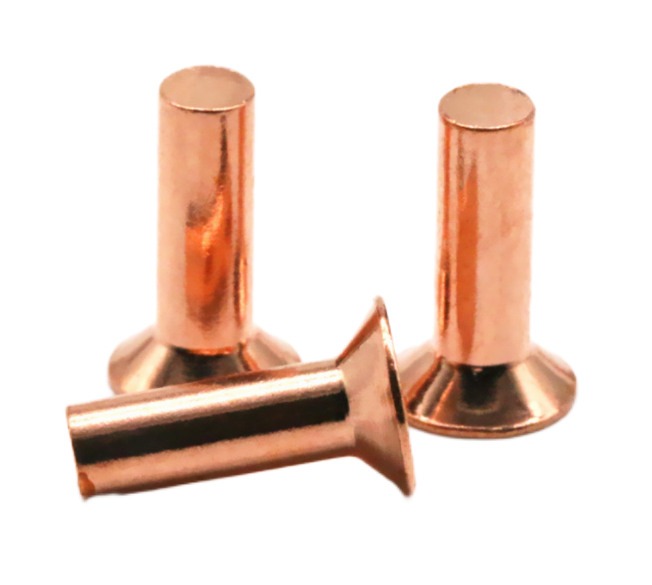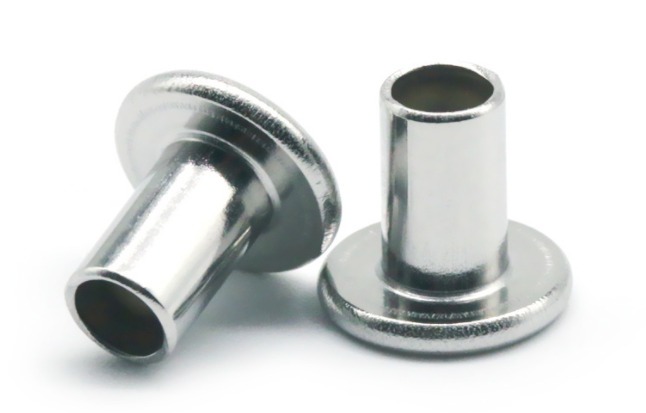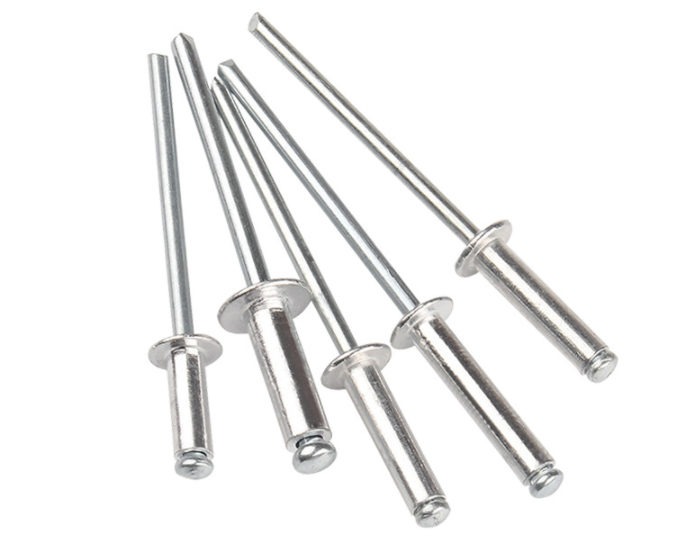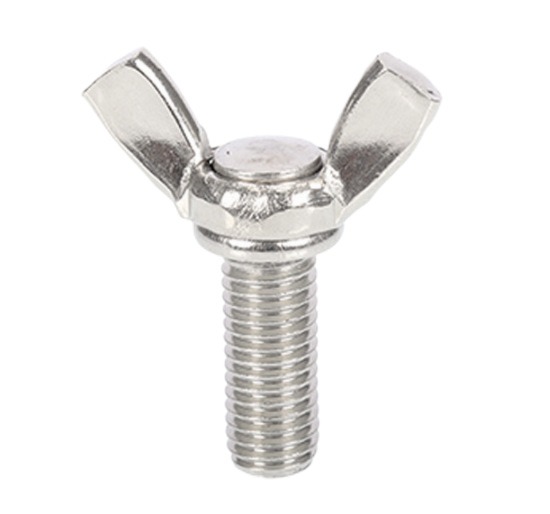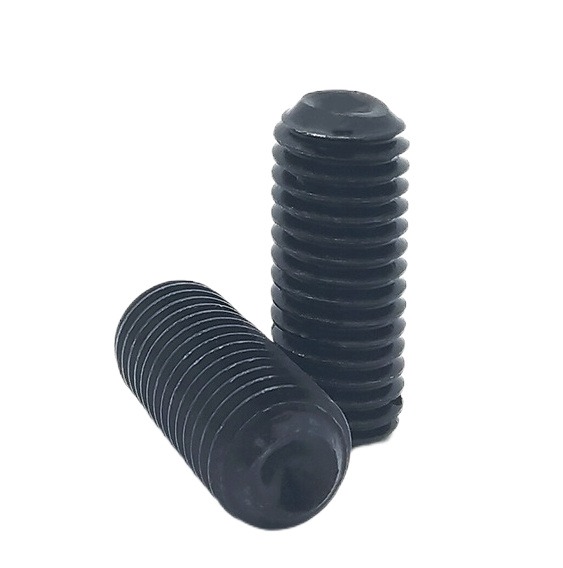Types and Uses of Automotive Rivets
Rivets play a vital role in the automotive industry, providing secure and durable connections for a wide range of applications. From structural integrity to body panel assembly, interior trim installation, and suspension systems, rivets are essential components in vehicle construction. This article explores the various types of automotive rivets commonly used and delves into their specific uses. Understanding these rivet types and their applications will shed light on their significance in ensuring the safety, reliability, and performance of automobiles.
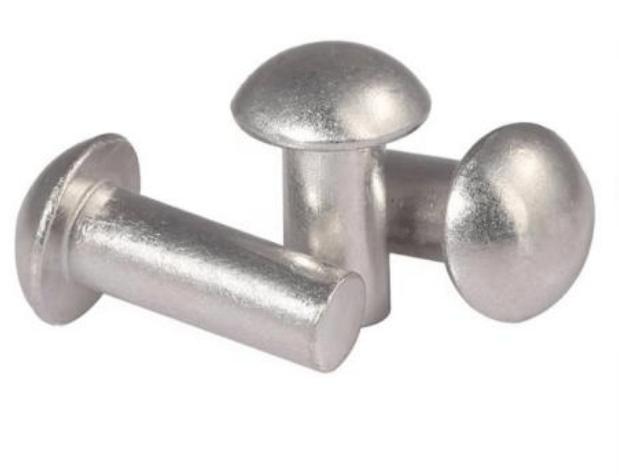
Solid Rivets in Automotive
Solid rivets consist of a solid cylindrical shaft with a formed head on one end. They are installed by deforming the tail end through the use of a rivet gun or hammer.
Uses: Solid rivets find applications in heavy-duty structural connections in the automotive industry. They are commonly used in frames, chassis, suspension components, and other areas requiring high strength and resistance to vibration.
Blind Rivets (Pop Rivets) in Automotive
Blind rivets, also known as pop rivets, consist of a tubular body with a mandrel passing through the center. When installed, the mandrel is pulled, deforming the tubular body and creating a bulge on the blind side.
Uses: Blind rivets are widely used in automotive applications where access is limited to one side of the joint. They are commonly employed in body panels, trim pieces, interior components, and other areas requiring a strong and secure connection.
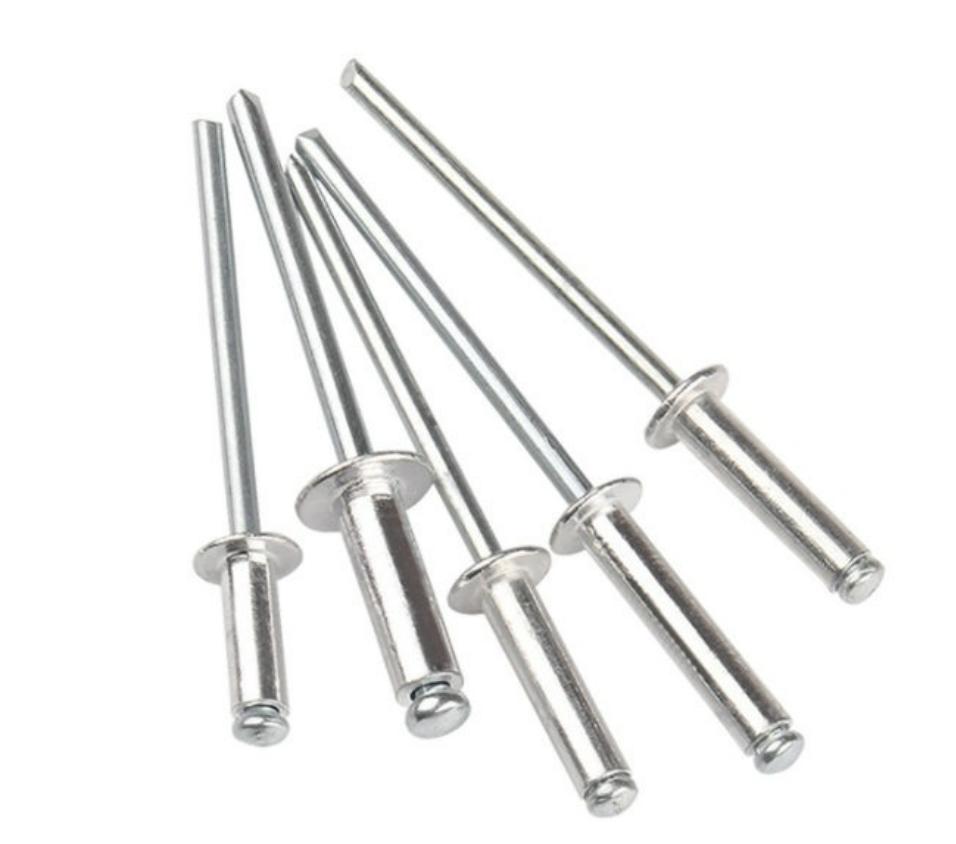
Structural Rivets in Automotive
Structural rivets are designed specifically for high-strength applications, providing exceptional load-bearing capacity.
Uses: Structural rivets are crucial for critical areas of a vehicle, such as body panels, frame connections, suspension components, and other locations requiring superior strength and reliability.
Huck Bolts in Automotive
Huck bolts, although technically not rivets are commonly used in the automotive industry. They consist of a pin and collar assembly, with the collar swaged onto the pin to create a permanent connection.
Uses: Huck bolts are employed in automotive applications requiring high shear and tensile strength. They are commonly used in heavy-duty truck frames, suspension systems, and other areas where exceptional strength is essential.
Exploding Rivets in Automotive
Exploding or breakstem rivets are similar to blind rivets but offer higher load-bearing capacity.
Uses: Exploding rivets are utilized in automotive applications that demand a strong and secure joint, such as attaching brackets, panels, or subassemblies.
Each type of rivet serves a specific purpose and is chosen based on factors such as the materials being joined, strength requirements, joint accessibility, and environmental conditions. By selecting the appropriate type of rivet, the automotive industry ensures reliable connections, enhancing the safety, durability, and performance of vehicles.
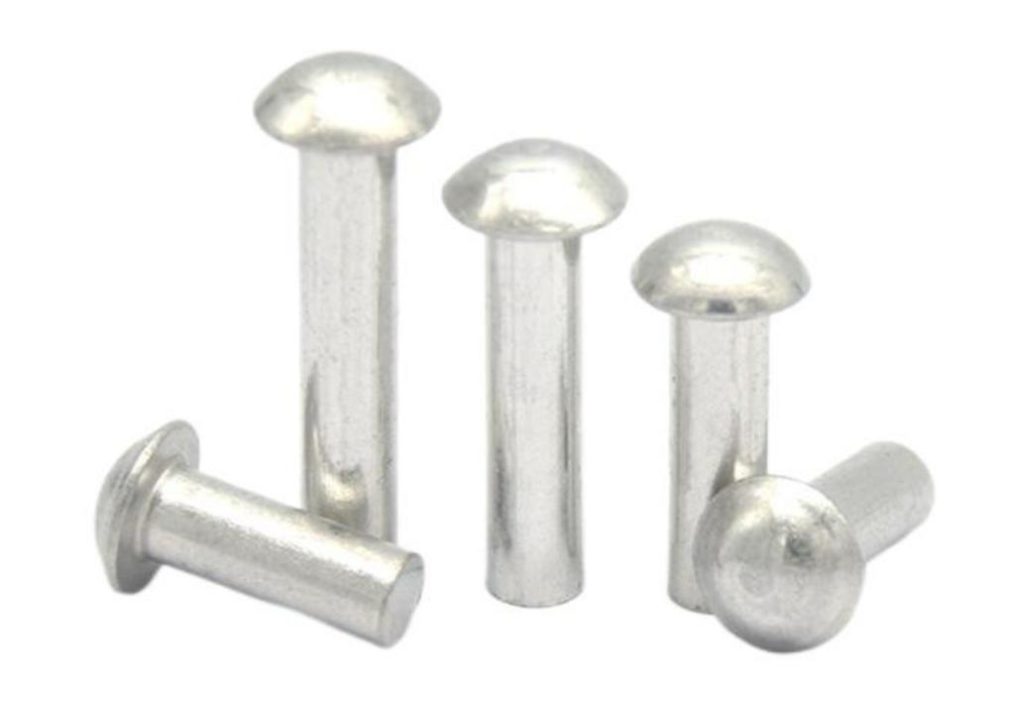
Conclusion
As the automotive industry continues to advance, the importance of selecting the right type of rivet for each application becomes increasingly evident. The diverse range of rivet options available, including solid rivets, blind rivets, structural rivets, huck bolts, and exploding rivets, enables engineers and manufacturers to address specific needs with precision. Whether it’s providing strength and stability in structural connections, ensuring proper alignment and attachment of body panels, or securing interior trim components, automotive rivets play a critical role. By harnessing the right rivet for each specific application, the automotive industry can continue to deliver vehicles that meet stringent safety standards, provide optimal performance, and exceed customer expectations.


